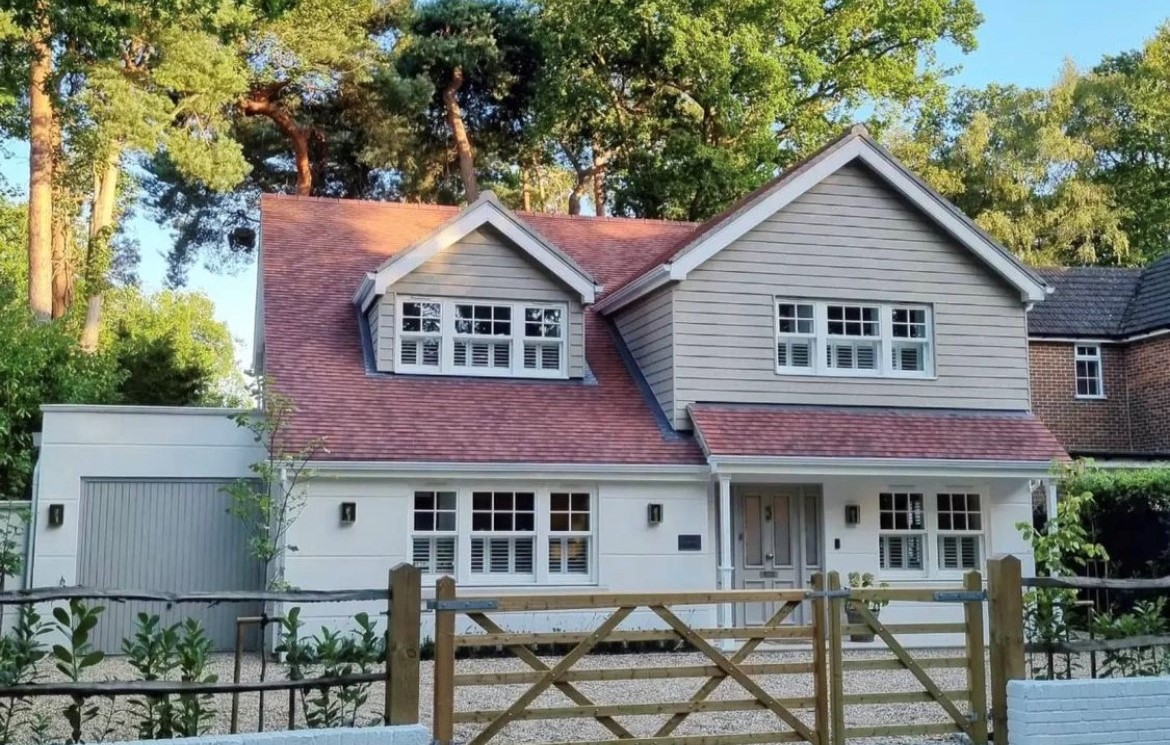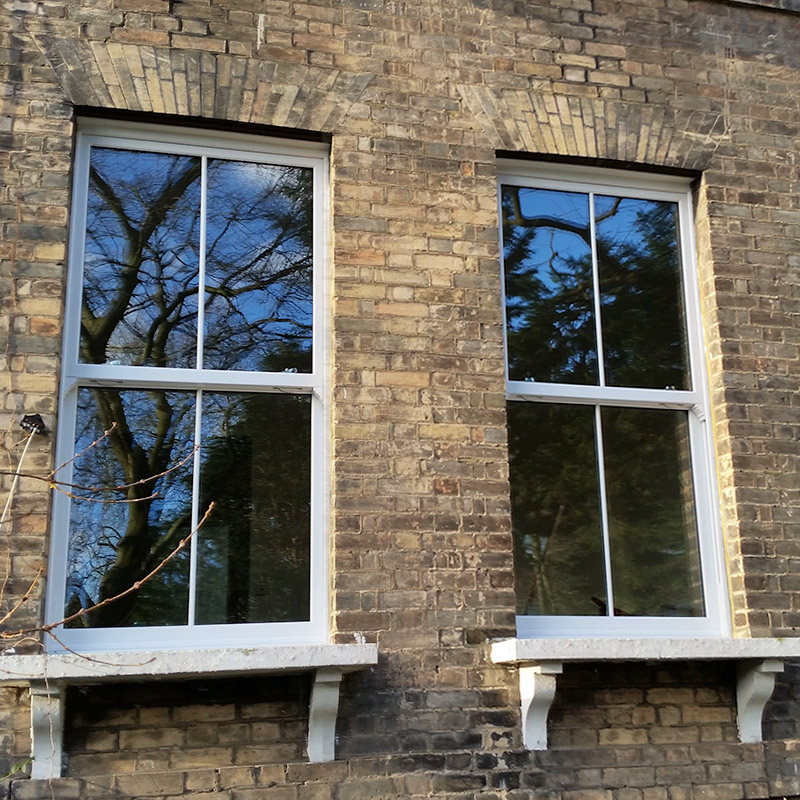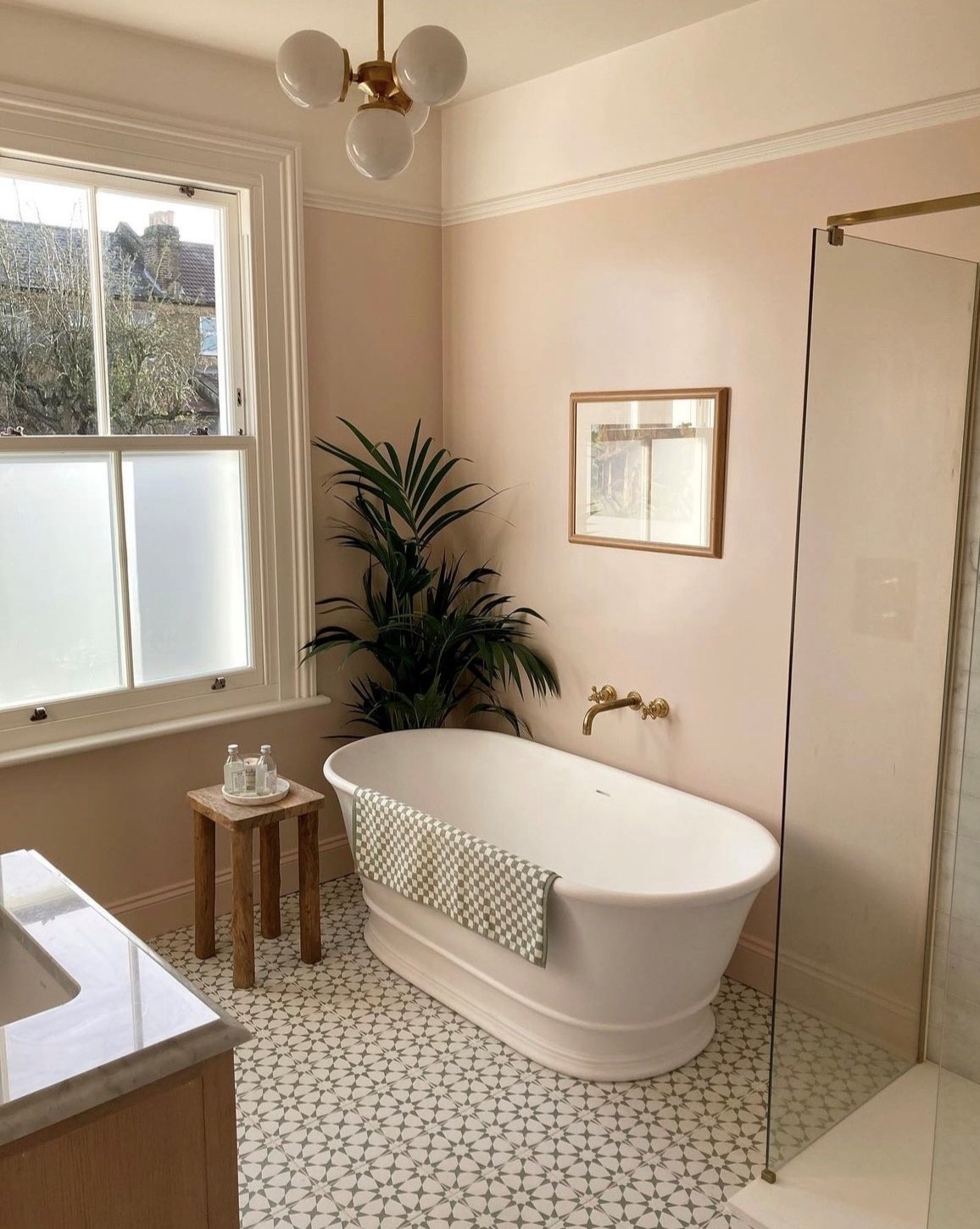
The Origin of Sash Windows: When Were Sash Windows Invented?
It’s easy to take the windows in a home for granted, but each one has a fascinating story to tell about its development. Sash windows, in particular, have a truly intriguing history behind them. But first, let’s look into the basics. What is a sash window?
What Is a Sash Window?
A sash window is a window that is made of several movable panels, known as sashes. These form a frame that holds panes of glass together, which are themselves separated by astragal bars. Sash windows are operated by sliding a sash open either vertically or horizontally.
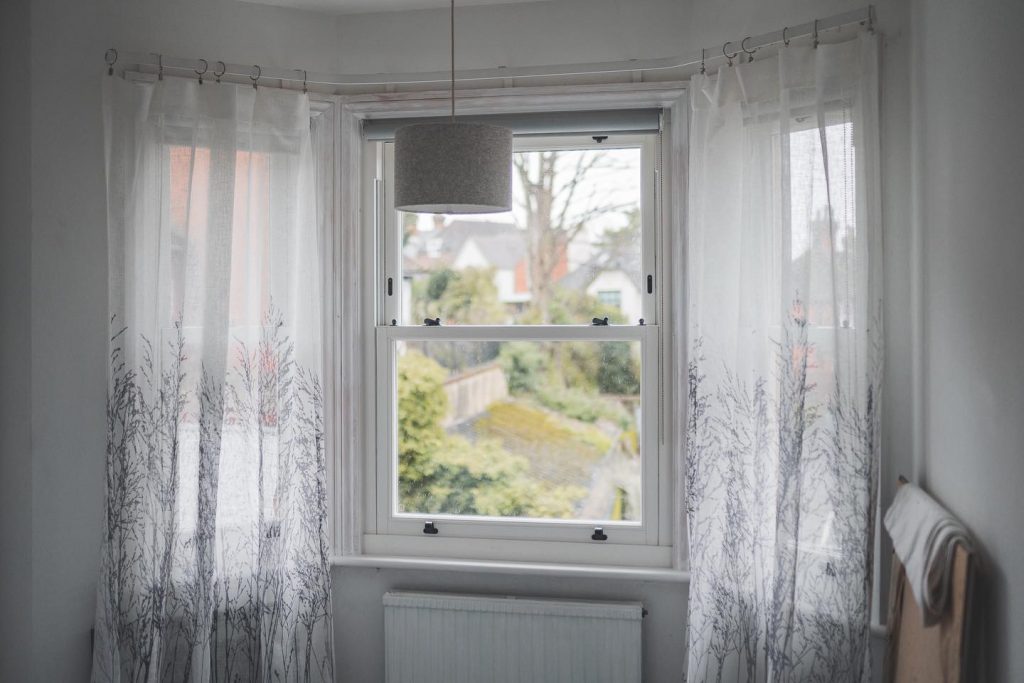
What Was It Like Before Sash Windows Existed?
Before the invention of the sash window, most windows used in buildings were early casement windows before they were replaced by stone mullioned windows.
These casement windows were relatively small compared to modern sash windows and were fitted with leaded glass. They were notoriously draughty and dark, letting in damp and chills into homes. Because of the relative weakness of the lead, larger panes of glass could not be incorporated very easily into the casement window. To top off the disadvantages, when opened fully, they also detracted from the aesthetics of a building.
When Were Sash Windows Invented?
No one knows for sure who invented sash windows or precisely when. The general consensus among historians is that they most probably originated in Holland or France during the 17th century and spread to the UK from there.
Initially, they were only really within the price range of the richest people in society: the English Royalty and landed aristocracy. They readily adopted these novel new sash windows that enhanced the appearance of a building rather than detracted from it. Leaded casement windows in mansions and grand country houses up and down the country were ruthlessly ripped out and replaced with the leading window of the day: the sash window.
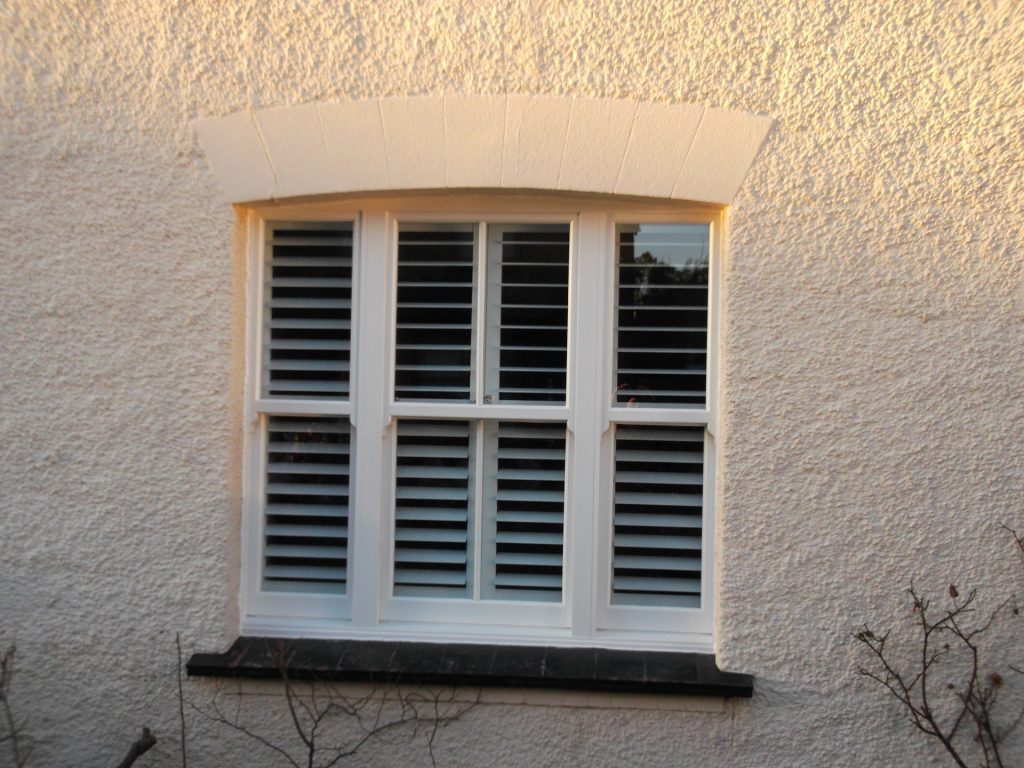
Early Sash Window Designs & Features
Early sash window design was far from standardised, and some marvellously quirky early sash windows still survive today. You can find these sash windows in the UK, specifically in Ham House, in Richmond, London. They date from the 1670s and display many early sash window design features, like pane placement and astragal bar styling, that would go on to become the Georgian sash window style.
How Did Georgian Sash Windows Develop?
Early sash windows around the Regency period, with the characteristic 6 panes over 6 panes design gave us the enduring popular Georgian sash window style that is still widely used today. Taking its name from the era that saw its widespread use, the Georgian sash window was designed with simplicity in mind: it was relatively decorated with fewer sash window accessories, and only the lower sash was intended to work. In the early 18th century a system of pulleys, ropes and weights gradually became standardised in the design of the overall window. This sash window pulley system enabled the weight of the windows to be balanced, making it easier to open.
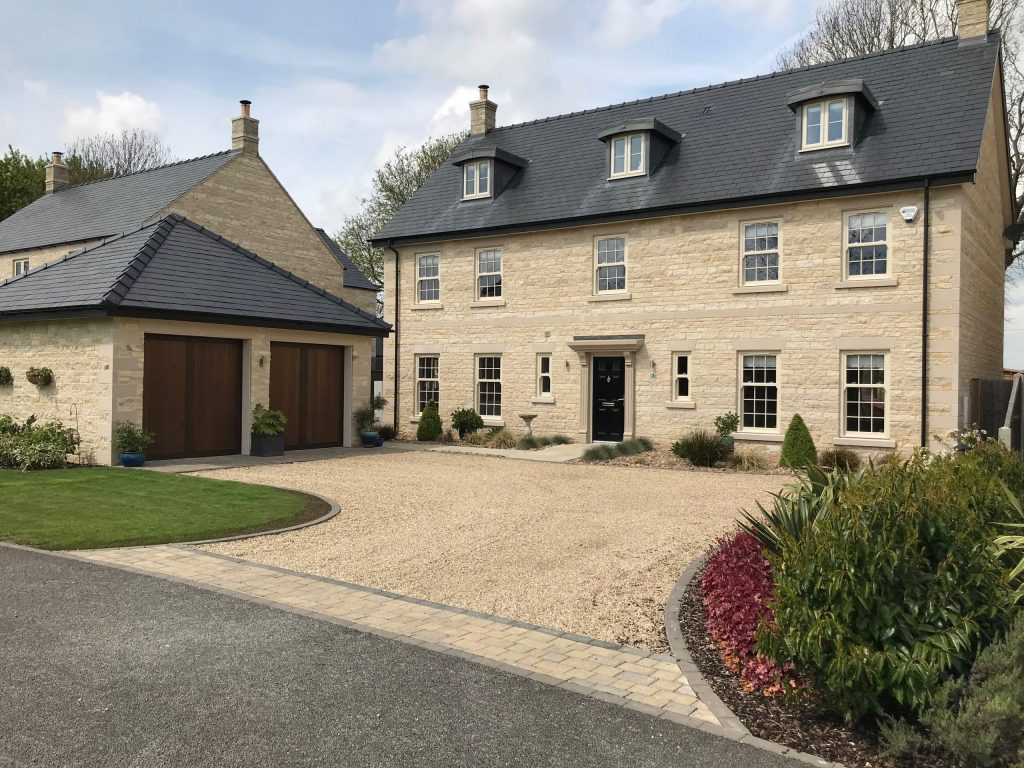
How Did Victorian Sash Windows Develop?
Due to the development of technology during the Industrial Revolution, sash windows in the Victorian period became increasingly ornate and widespread. Glass could now be more efficiently manufactured in larger sizes, making it easier to manufacture larger sash window panes. Early precision engineering meant that very complex woodworking could be carried out much more quickly than ever before. Sculpted sash window accessories and furniture in grand styles and engraved ornamentation soon became the norm in sash window designs.
A particularly popular style of sash window that developed during the Victorian period was that of the Venetian design. This particularly impressive design was made up of a central sash that had two lights on each side. The lights were often made to stay in one place whilst the central sash could be opened. In some designs, all three sashes were made to open.
uPVC Sash Windows in the 21st Century
In the 20th century, the popularity of sash windows began to decline due to a variety of reasons. Namely because of the maintenance issues and the cost associated with keeping a timber sash window functioning properly. Traditional timber sash windows require extensive maintenance every few years to keep them working well. However, at the start of the 21st century, sash windows rose in popularity once more.
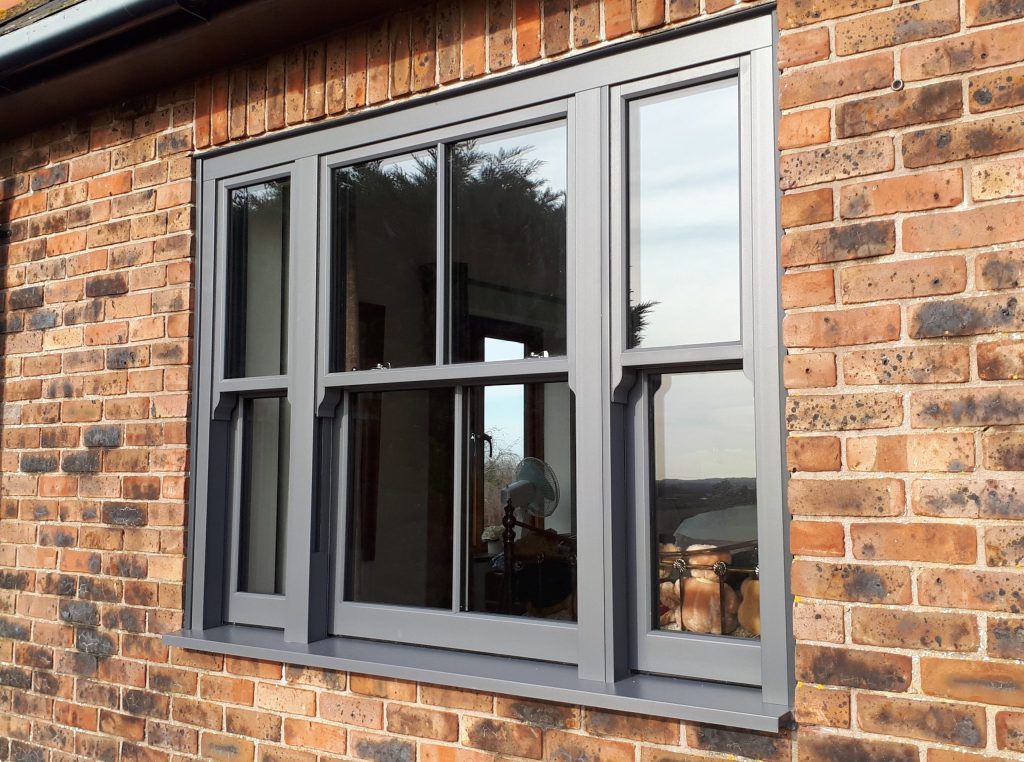
This was due in part to the development of uPVC sash windows with wood effect, like the Charisma Rose, Ultimate Rose and Heritage Rose from the Rose Collection. Thanks to the high quality sash window material of uPVC used when manufacturing, wood effect sash windows eliminate the need for costly and time consuming maintenance of timber sash windows. Instead, provide exceptional sash window accessories to reflect the period aesthetics of Georgian or Victorian sash windows.
When compared to timber sash windows, uPVC wood effect sash windows are also considerably cheaper and provide higher levels of energy efficiency and acoustic performance.
Invest In Wood Effect uPVC Sash Windows From the Rose Collection
With these in mind, it’s easy to see why so many homeowners are investing in sash windows from the Rose Collection. Suited to both traditional and modern style home with a variety of design options and authentic woodgrain finishes, sash windows from the Rose Collection can be completely customised to meet the needs of your property.
To find out more about our uPVC sash windows, why not explore our site? Alternatively, get in touch with us to learn more about our products and services. If you have a cost related query, start designing your uPVC sash windows and receive an online quote.
Categories: uPVC Sash Windows
